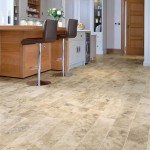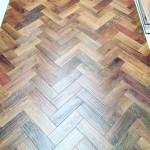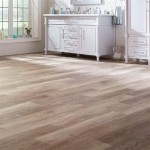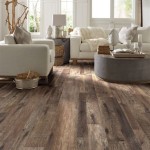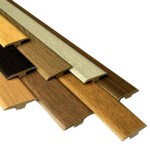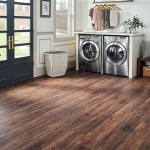Transition moulding is an important part of any laminate floor installation. It’s the process of transitioning from one type of flooring to another, such as from tile to laminate, or from laminate to carpet. Transition moulding is essential for a successful laminate floor installation, as it helps to ensure a smooth transition between two different types of flooring, and also helps to prevent damage to the floor. In this article, we’ll explain the basics of transition moulding for laminate floors and how to make the switch easier.
What is Transition Moulding?
Transition moulding is a type of moulding that is used to transition between two different types of flooring, such as from tile to laminate, or from laminate to carpet. It is typically made from wood, plastic, or metal, and is designed to fit snugly between the two different types of flooring. Transition moulding can be used to cover up any gaps between the two types of flooring and also to protect the edges of the laminate flooring from damage. It can also be used to create a smooth transition between two different types of flooring, making the installation process easier.
How to Choose the Right Transition Moulding
When selecting transition moulding for your laminate floor installation, there are several factors to consider. First, you’ll need to choose the right style and material for the moulding. Wood, plastic, and metal are all common materials for transition moulding, and each has its own advantages and disadvantages. Wood is the most common material for transition moulding, as it is durable and can be easily customized to fit any type of flooring. Plastic and metal are also popular choices, and are often used in areas where wood may not be suitable.
Once you’ve chosen the material for your transition moulding, you’ll need to select the right size and shape for your project. You’ll want to make sure the transition moulding fits snugly between the two types of flooring, and that it is the same height as the flooring. If the transition moulding is too low, it can create an uneven transition, and if it is too high, it can create a trip hazard. You’ll also want to make sure the transition moulding is made of a material that is compatible with the flooring, such as wood for laminate.
How to Install Transition Moulding
Once you’ve chosen the right transition moulding for your laminate floor installation, you’ll need to install it properly. First, you’ll need to measure the space between the two types of flooring, and then cut the transition moulding to fit. You’ll then need to attach the transition moulding to the flooring using the appropriate fasteners. For wood transition moulding, you’ll need to use nails or screws, and for metal or plastic, you’ll need to use adhesive. Once the transition moulding is securely attached, you can then begin to install the laminate flooring.
Benefits of Transition Moulding
Transition moulding for laminate floors offers a number of benefits. It helps to ensure a smooth transition between two different types of flooring, and also helps to protect the edges of the laminate flooring from damage. In addition, transition moulding can also help to reduce tripping hazards, as it creates a smooth transition from one floor to another. Finally, transition moulding can also add a decorative touch to your laminate floor installation, as it can be customized to match the style and color of the flooring.
Conclusion
Transition moulding is an important part of any laminate floor installation. It helps to ensure a smooth transition between two different types of flooring, and also helps to protect the edges of the laminate flooring from damage. Additionally, transition moulding can also help to reduce tripping hazards, as it creates a smooth transition from one floor to another. When choosing transition moulding for your laminate floor installation, make sure to select the right size and shape, as well as the right material for the moulding. With the right transition moulding, you can make your laminate floor installation easier and more successful.















Related Posts

